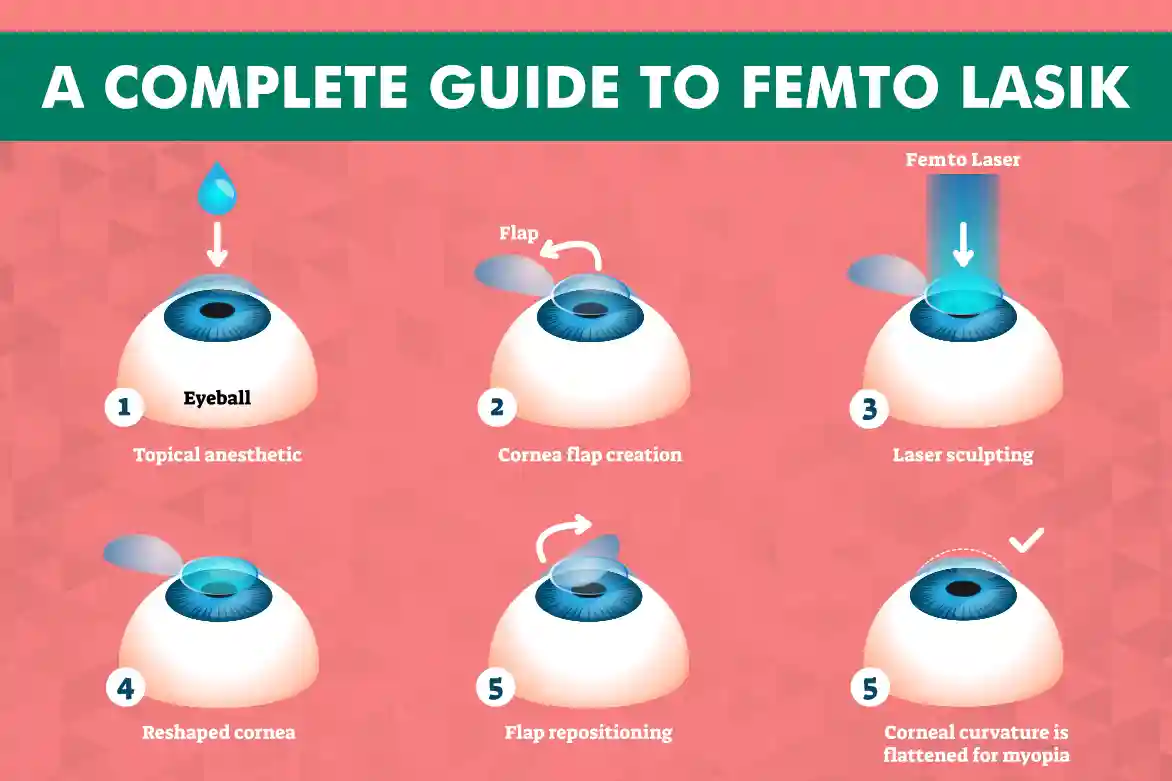
You Might Notice Improvement Before Even Leaving the Clinic
The laser completes its job in minutes. You sit up and open your eyes slowly.
Things look foggy but somehow different, like a screen has been peeled back slightly.
You’re not seeing perfectly yet, but there’s a shift you can’t ignore.
Colors feel sharper. Light feels more direct. Depth perception changes a little.
You’ll be guided to rest briefly before leaving the clinic.
Most people describe it as strange but never painful.
Lights May Look Haloed. Everything Seems Brighter Than Usual
Your pupils may still be dilated. Bright lights feel harsh, almost too much to look at.
You’ll probably wear sunglasses, even indoors, to ease the discomfort.
The world looks more illuminated than normal — like someone increased the brightness.
Halos around light sources are common and expected. They don’t last forever.
Your vision shifts gently throughout the next several hours.
It’s the beginning of your healing, not the final result.
You’ll Be Told Not to Look at Screens
Once you’re home, you’ll want to look at your phone. Don’t.
Screens will strain your eyes immediately. They may water or feel sore.
The advice is clear: no screens, no reading, no work today.
Instead, rest in a dark room. Keep your eyes closed as much as possible.
You may feel itching or mild burning later in the evening.
Use the drops. Follow the schedule. Don’t assume anything is okay without checking.
That First Post-Op Appointment Usually Happens Now
The next morning, vision is clearer — not perfect, but noticeably better.
You’ll be surprised by what you can already read or recognize at a distance.
That post-op appointment happens quickly. Doctors want to see how your eyes responded.
They’ll inspect the flap, measure your visual acuity, and ask about discomfort.
You might already reach 20/20 in one eye, or even both.
That appointment confirms things are heading in the right direction.
Vision Shifts Slightly Throughout the First Week
The first week feels strange. One moment your vision feels stable, the next slightly blurry.
This inconsistency is part of healing. It’s not a setback. It’s your eye adjusting.
Dryness is often the biggest complaint during this time.
You’ll use artificial tears multiple times a day.
Don’t wait for discomfort — use them on schedule.
Each day feels more natural, but the healing is still active.
You’ll Know Your Limits As They Appear
Activities return slowly. You may work, walk, and drive — depending on how you feel.
But don’t rush into intense tasks. Avoid gyms, pools, or environments filled with dust.
Skip eye makeup. Avoid hot steam or facial products near the eye area.
You’ll get better at noticing limits — when the light feels too harsh, or screens feel tiring.
These are gentle reminders from your body, not warnings.
Respect them, and the recovery keeps going smoothly.
Some People Still See Halos or Glare at Night
Nighttime may still feel tricky. Car headlights might create halos or mild starbursts.
These effects are normal and usually temporary.
You may need to avoid long night drives in the first weeks.
Contrast sensitivity may be lower, making shadows harder to distinguish.
Over time, these disturbances fade. For most, they’re gone by the third month.
But if they linger, doctors will help you manage them properly.
It’s Not Dramatic, Just a Subtle New Sharpness
Colors feel richer. Letters seem to rest exactly where they should.
You notice little things — reflections, distant signs, facial expressions.
Reading is smoother, especially from a screen at a distance.
It’s not an overwhelming shift. It’s calm, consistent clarity that builds quietly.
Each day, you blink less to clear your vision.
And your brain starts trusting what it sees again.
You Realize That’s Probably a Good Sign
When you forget to use your eye drops, you realize healing has taken over.
Your vision no longer dominates your thoughts during the day.
You stop reaching for glasses that aren’t there anymore.
You look into mirrors and see details you’d forgotten.
It doesn’t feel magical. It feels right, like something has returned.
The adjustment becomes a background process instead of a daily concern.
Most People Are At or Near Their Final Results
Around the four-to-six-week mark, many reach their visual peak.
Not everyone heals at the same pace, but the range is fairly consistent.
Follow-up exams measure stability, clarity, and eye pressure.
Your doctor may reduce or stop some medications now.
What remains is daily lubrication to avoid dryness.
Otherwise, the healing is mostly complete.
You Might Forget You Even Had Surgery
Months pass, and your old habits fade. You stop reaching for glasses in the morning.
You pack lighter for trips. You spend less time cleaning lenses.
You remember the surgery only when someone else asks about it.
That’s how recovery often ends — not with a celebration, but with a quiet forgetting.
The moments that once defined your vision become memories.
And you begin to see the world as yours again, not borrowed through glass.
